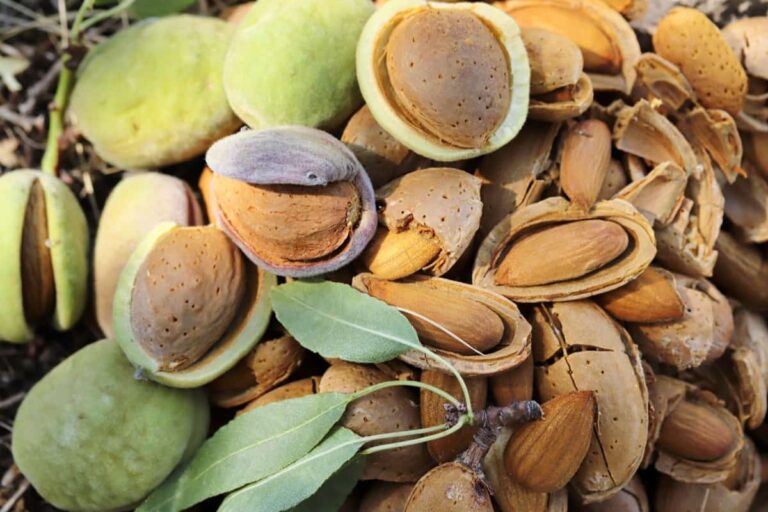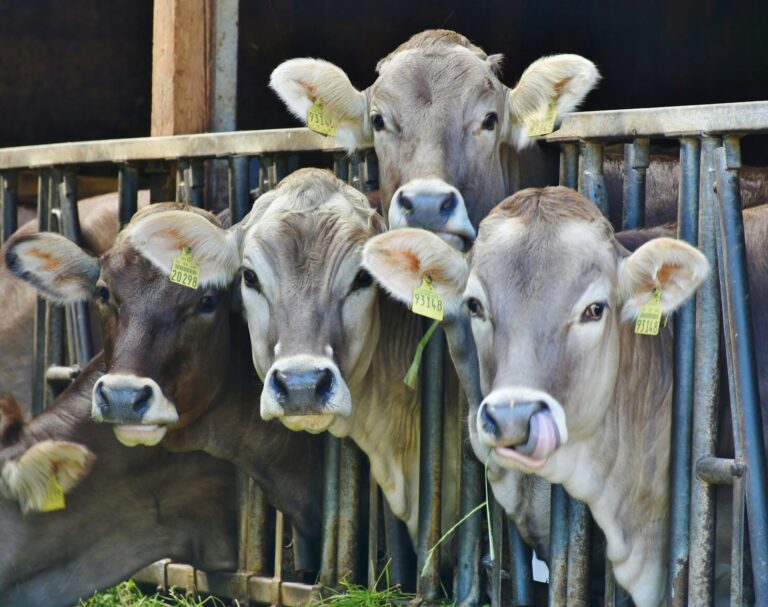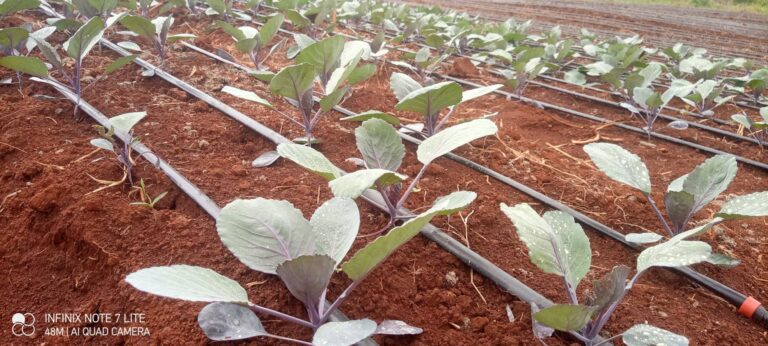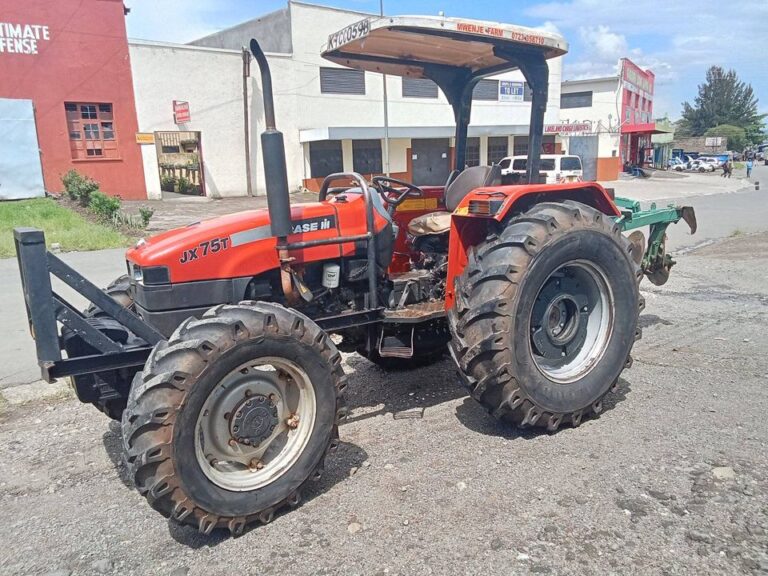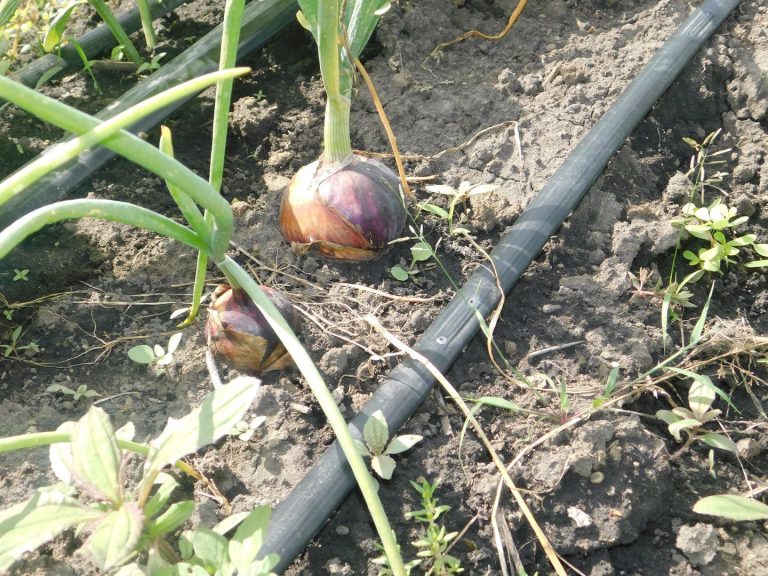Green Maize Yield & Profit Per Acre In Kenya
Green maize farming in Kenya offers lucrative returns, with farmers achieving up to 20,000 mature cobs per acre and gross profits of approximately KSh 300,000 through strategic planning, early harvesting, and direct market sales at prices ranging from KSh 7 to KSh 25 per cob.
Green Maize Farming Economics in Kenya
Green maize farming in Kenya presents a profitable opportunity due to its higher market prices, quicker turnover, and reduced post-harvest costs compared to dried maize.
Farmers leveraging advanced techniques and market understanding can significantly enhance their profitability by meeting the demand for fresh green maize in local markets
- Yield and Profitability:
- Yield: Savvy farmers utilizing transplanting techniques can harvest up to 20,000 mature cobs per acre.
- Profitability: Selling at prices ranging from KSh 15 to KSh 25 per cob can lead to gross profits of up to KSh 300,000 per acre.
- Market Dynamics:
- Price Increase: Green maize prices have risen significantly, making it more profitable compared to selling dried maize.
- Demand: There is higher demand for green maize, especially when it’s scarce in the market, allowing farmers to fetch better prices.
- Production Techniques:
- Transplanting: This technique enables farmers to bring their crop to market earlier, capturing higher prices when green maize is in short supply.
- Optimal Spacing: Proper spacing ensures maximum yield per acre, enhancing profitability.
- Market Logistics:
- Perishability: Green maize is highly perishable and needs to be sold quickly within a week of harvest.
- Sales Process: It often moves directly from the farm to markets and is swiftly sold by brokers or direct buyers within two days.
- Pricing and Selling:
- Pricing: Green maize is sold per cob rather than by bulk bags, with prices ranging from KSh 7 to KSh 25 per cob depending on market conditions and farm practices.
- Profit Strategy: Farmers can capitalize on the perishable nature and high demand of green maize to optimize profits through timely harvesting and efficient sales.
Factors Influencing Green Maize Yield
- Climate and Soil Conditions: Green maize thrives in well-drained, fertile soils with adequate moisture. Optimal growing conditions include moderate temperatures and sufficient rainfall or irrigation, which ensure the development of juicy and tender kernels.
- Seed Selection and Varieties: Choosing the right seed variety is essential for achieving high yields. Hybrid varieties that are disease-resistant and have a short maturity period are often preferred for green maize production.
- Farming Practices: Proper land preparation, timely planting, and the application of appropriate inputs such as fertilizers and pesticides are critical for maximizing green maize yields.
- Pest and Disease Management: Effective pest and disease management practices are vital to protect the crop and ensure healthy growth. Common pests include armyworms and maize borers, while diseases such as maize streak virus can significantly reduce yields if not managed properly.
Cost Analysis of Green Maize Farming per Acre
A detailed cost analysis helps farmers understand the financial investment required and manage their expenses efficiently. Key cost components include:
- Land Preparation Costs: This includes plowing, harrowing, and other soil preparation activities necessary for creating a suitable seedbed.
- Seed and Planting Costs: The cost of high-quality seeds and the expenses related to planting, such as labor and machinery, form a significant part of the initial investment.
- Fertilizer and Soil Amendment Costs: Fertilizers and soil conditioners are essential for providing the necessary nutrients for optimal crop growth.
- Labor Costs: Labor costs encompass all activities from planting to harvesting, including weeding, fertilization, and pest control.
- Irrigation Costs: In areas with insufficient rainfall, irrigation is necessary to maintain soil moisture and support crop growth.
- Harvesting and Post-Harvest Costs: Costs associated with harvesting, transporting, and storing green maize to ensure it reaches the market in fresh condition.
Revenue from Green Maize Farming per Acre
Revenue generation from green maize farming depends on yield and market prices. Key considerations include:
- Yield Estimates: On average, farmers can expect to harvest between 15,000 to 20,000 ears of green maize per acre under good conditions.
- Market Prices: The price of green maize fluctuates based on demand and supply dynamics, influenced by factors such as seasonality and market access.
- Value Addition and Processing: Processing green maize into products such as canned corn or maize flour can enhance revenue by adding value to the raw produce.
Profit Calculation for Green Maize Farming per Acre
To calculate the profit from green maize farming per acre, farmers need to consider both the gross revenue and total costs. Here’s a simplified breakdown:
- Gross Revenue Calculation: This is obtained by multiplying the number of ears harvested per acre by the market price per ear. For example, if a farmer harvests 20,000 ears and sells each at KSh 10, the gross revenue would be KSh 180,000.
- Total Cost Calculation: Summing up all the costs involved in green maize farming, including land preparation, seeds, fertilizers, labor, irrigation, and harvesting.
- Net Profit Calculation: The net profit is calculated by subtracting the total costs from the gross revenue. For instance, if the total cost is KSh 50,000, the net profit would be KSh130,000 per acre.
Maximizing Profit in Green Maize Farming
Farmers can adopt several strategies to maximize their profits:
Best Farming Practices: Implementing best practices such as crop rotation, timely planting, and efficient pest management can enhance yields.
Use of Technology: Employing modern agricultural technologies, including precision farming tools and improved irrigation systems, can increase productivity and reduce costs.
Crop Rotation and Soil Health: Practicing crop rotation and maintaining soil health through organic amendments and proper fertilization can improve long-term productivity.
Challenges in Green Maize Farming
Pests and Diseases: Managing pests and diseases requires constant vigilance and effective control measures to prevent significant crop losses.
Climate Change: Unpredictable weather patterns and extreme events such as droughts and floods pose significant risks to green maize farming.
Market Fluctuations: Price volatility can affect the profitability of green maize farming, making it essential for farmers to have strategies for market access and price stabilization.
Frequently Asked Questions
What is the average yield of green maize per acre in Kenya?
On average, farmers can expect to harvest between 18,000 to 20,000 ears of green maize per acre under good conditions.
The average yield of green maize (cobs) per acre in Kenya varies depending on the maize variety and farming practices:
With optimal spacing, an acre of land can accommodate about 20,000 mature green maize cobs, which at a price of KSh 15 per cob translates to KSh 300,000 in gross profits per acre.
What are the main costs involved in green maize farming?
Key costs include land preparation, seeds, fertilizers, labor, irrigation, and harvesting. Effective cost management in these areas is essential for profitability.
How can green maize farming profitability be increased?
Profitability can be increased by adopting best farming practices, using modern technologies, implementing effective pest and disease management, and engaging in value addition.
What are the common challenges in green maize farming?
Challenges include managing pests and diseases, dealing with climate change impacts, and navigating market fluctuations.



